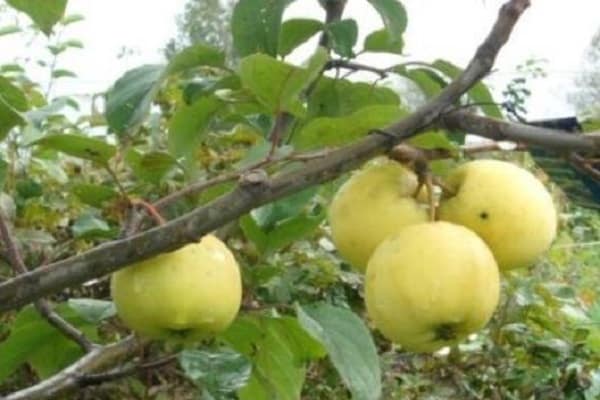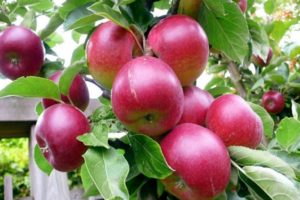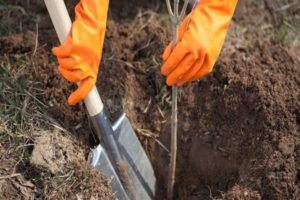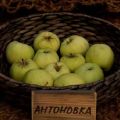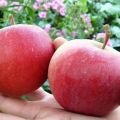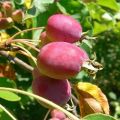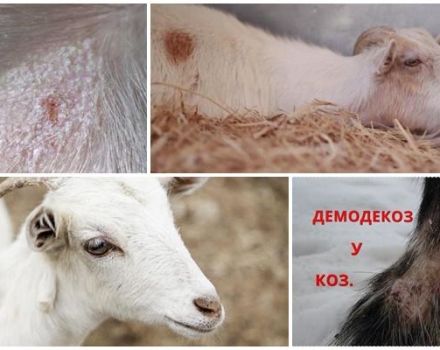Description of the apple-tree variety Amber and its varieties, advantages and disadvantages
The Yantar apple tree was bred by the breeders of the Sverdlovsk experimental station. The variety has spread to many regions of the country, with different climatic conditions, due to its ability to adapt to any conditions. The Krasny Yantar variety was created by Krasnodar, together with Orlov, breeders in the middle of the two thousandth years. It is zoned for a dry and hot climate with possibly cold winters; Red Amber has practically no drawbacks.
Description of the variety
Red Amber belongs to the early summer varieties of apple trees.
Description of fruits: large apples weigh up to 200 grams or more, fruits are even. Ripe apples have a red color and a transparent amber juicy pulp. The main application of apples is fresh consumption. From apples, a fragrant apple juice without pulp is obtained with a bright sweet taste.
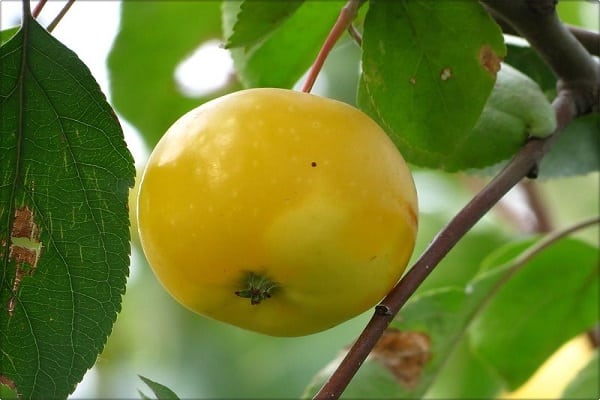
Amber is an autumn variety with cross-pollination, it must be planted on a site with pollinators: Renet Simirenko, Super Chief, Fuji, Empire. This variety is happily grown by gardeners in conditions of risky farming: in the Urals, in Bashkiria, where there are frosty winters, early autumn and late spring frosts.
Description of fruits: small apples, up to 50 grams, but under good weather conditions in summer and proper care, young trees give large apples weighing up to 80 grams. Apples have a thin skin; during ripening and pouring with juice, they become transparent and glow in the sun.
When describing the apples of this variety, one cannot fail to note their similarities with transparent large drops of petrified resin - hence the name of the variety. It is not for nothing that many amber jewelry works reproduce this wonderful little apple. Here and earrings, pendants, caskets in the shape of an apple and just the apple itself, as a talisman of family well-being and love.
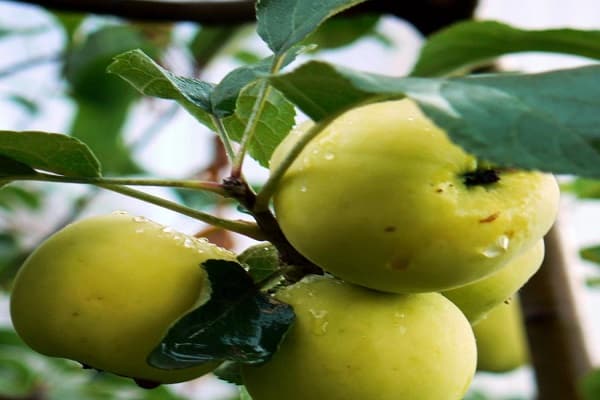
The fruits of the Yantar variety practically do not fall to the ground in late autumn. When harvesting, you have to pick apples from the branches. With prolonged storage, apples lose their juiciness, become soft, crumbly. Very tasty jam with transparent slices, viscous honey syrup is made from juicy, not overripe apples, juice is squeezed out, compotes are boiled with whole apples. Puree for baby food, jam, jam are made from overripe crumbly fruits.
Advantages and disadvantages of the variety
The main advantage of Red Amber is fruiting in the second year after planting, early ripening of apples. And also a beautiful presentation of apples. The fruits are completely colored in bright red when ripe, do not lose their presentation during transportation, and are stored in cool rooms for up to 2 months.
Apple trees tolerate dry summers well, withstand medium frosts, and are not infected with scab and powdery mildew spores.

The disadvantage can be considered zoning for a warm climate, intolerance to severe frosts.
The main advantage of Amber is its habituation to various climatic conditions, from hot to sharply continental climate, in a short time. The variety is widely used to create new elite apple varieties with unique properties.
Long term preservation of the crop - up to 5 months. Preservation of a presentation during storage, transportation. Application as a raw material for the production of juices, jams, confiture, puree for baby food, dried fruits and other types of products with high taste.
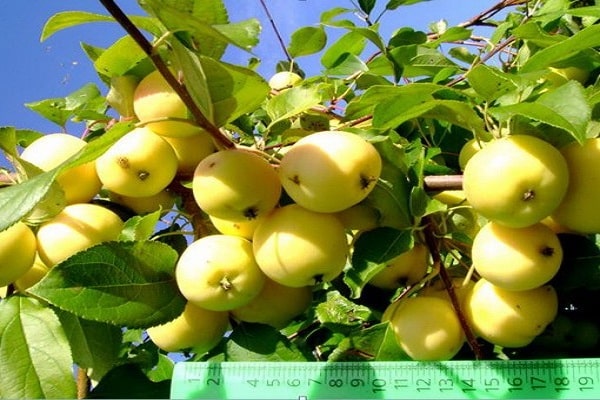
Disadvantages are the possibility of infection of trees (in rainy summer) with spores of scab, powdery mildew, a long period of non-fruiting when planting seedlings (fruiting at 6-7 years), late ripening of apples.
Dimensions of the tree
Mature apple trees Amber are of medium size, their height reaches 4 meters with good care, suitable soil, mild climate. The tree spreads the main branches almost at right angles, hence the spreading crown, which occupies a large space. The branches do not grow densely.
Red Amber at maturity does not exceed medium size. The branches form a spherical crown with medium density.
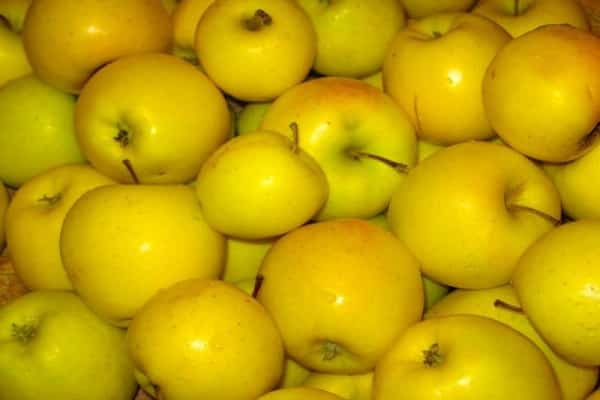
Productivity and taste of fruits
In terms of yield and taste of ripening fruit, these varieties have common advantages - high yield, wonderful taste. Apples have a delicate aroma, sweet and sour taste, which are appreciated by tasters, gardeners and consumers.
The Amber variety gives a regular, bountiful harvest for long periods (up to 20 years). Good weather conditions, competent care allow you to harvest up to 170 kilograms from 1 tree.
Ripe fruits have juicy, dense, creamy flesh, graininess appears during storage of the crop. Tasting assessment of the taste of apples is 4.85-4.95 points.
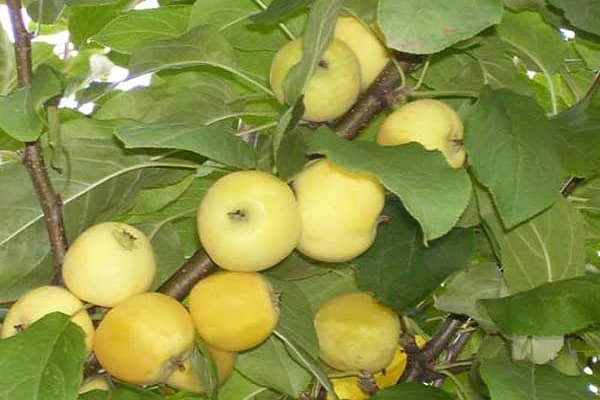
Red Amber gives consistently large yields. Fruit nurseries in the Kuban and the North Caucasus grow crops up to 28 tons per hectare.
The palatability of apples is high, assessed on a five-point scale of 4.7 points. The taste of the fruit is sweet and sour. Apples have a thin red skin, light amber flesh with fine grain.
Winter hardiness
The Yantar variety can withstand strong winds, severe frosts, and sudden temperature changes (from freezing temperatures to cold snaps). He is not afraid of late spring cold snaps during flowering.
Red Amber is zoned to southern latitudes and has an average frost resistance.
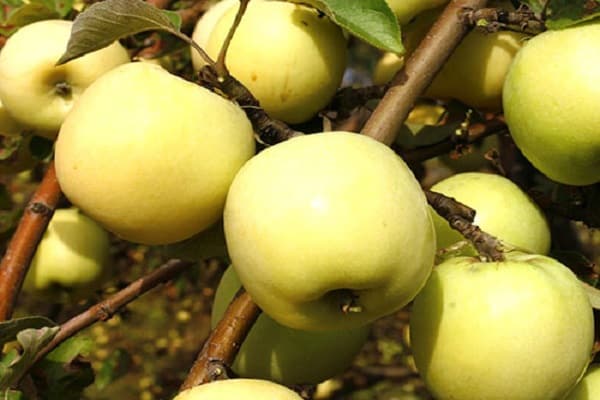
Disease resistance
Amber is considered resistant to diseases and pests. In humid climates or rainy summers, apple trees can be affected by scab, powdery mildew. If this happened, it is necessary to collect diseased leaves from the branches, burn them, and treat the tree with special preparations for fungal diseases. If the apple tree grows in a humid climate, it is necessary to take preventive measures regularly - in spring and autumn.
It is necessary to plant seedlings in high, well-ventilated areas, monitor the density of the crown of mature trees, thin it out in a timely manner, and correctly apply mineral fertilizers.
Red Amber is not affected by powdery mildew spores, it has a gene for immunity to scab.
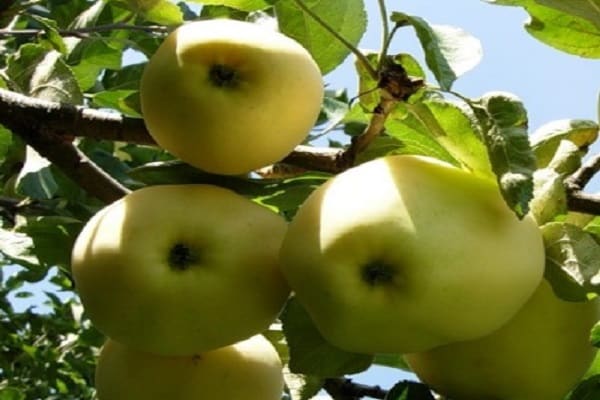
The timing of flowering and ripening of fruits
The timing of flowering of fruit trees depends on many factors: climatic conditions, on the growing area (city, suburban areas, terrain of the garden plot, sunny or shaded place where trees grow), on the timing of the onset of spring (early or late start of spring), apple varieties (some varieties bloom earlier than others).
Mass flowering of fruit trees begins when the atmospheric air warms up in the interval 15-23 C. The flowering time depends on the weather. In hot dry weather, apple trees bloom for up to a week.In a cloudy, rainy spring, flowering lasts up to 2 weeks.
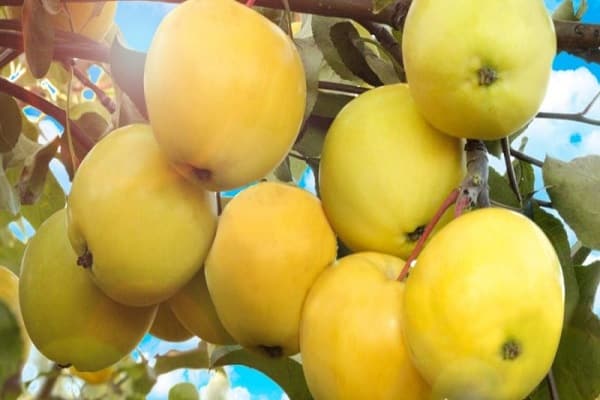
In the warm regions of the Volga region, amber blooms in early or mid-May, in the regions of the Urals in mid or late May, in the regions of Western Siberia in late May or early June.
The ripening time of the Amber apples depends on the weather conditions during the summer. Apples usually begin to ripen at the end of August; at the beginning of September, the harvest is fully harvested. The early onset of full-fledged spring, hot summer accelerate the ripening of fruits.
Red Amber is zoned for a southern climate and early spring, it blooms in late April. In a hot, humid or dry climate, apples ripen in mid-July, and at the end of July the harvest is completely harvested from trees.

Growing regions
The growing regions of these varieties are different.
The Yantar variety grows in the regions of the Urals, the Middle Volga region, and Western Siberia.
Red Amber apple trees grow in the regions of the Stavropol Territory, the republics of the North Caucasus.
